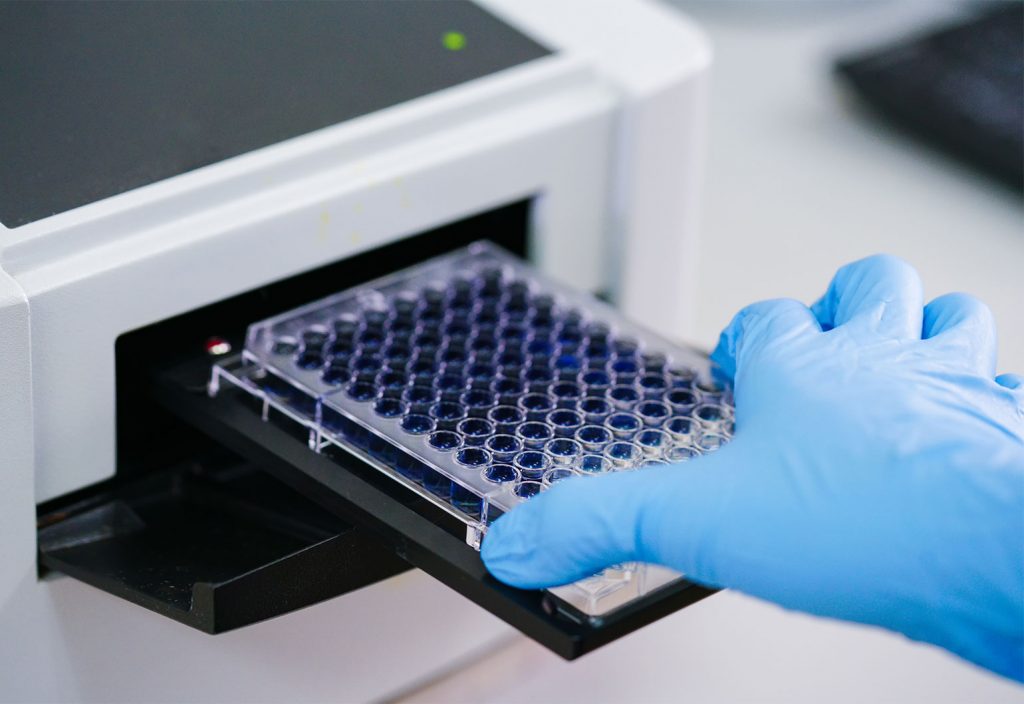Engineers at the University of New South Wales are using ultrasensitive CRISPR technology can identify the presence of Cryptosporidium parvum in water samples cheaper, faster and more easily than traditional methods.
Professor Ewa Goldys from the School of Biomedical Engineering said the research team had found a simple way to identify the potentially fatal microorganisms in water.
“In our research we basically amplified the assay signal,” she said. “This is really relevant, because if you want to detect a very small number of your targets — like a single pathogen in a cup of water — and that pathogen is four microns across, it is a needle in a haystack problem.”
Most people tend to associate CRISPR with gene editing and future therapeutics, but Goldys said that enzyme sensing using the same approach was also developed a few years ago.
“CRISPR sensing was first invented for the detection of nucleic acids, which is what you need for microbial and viral pathogens” she said. “However, we extended it to detect specific proteins on the surface of the Cryptosporidium microbe.”
The researchers could then bind a CRISPR-responsive agent onto the microbe, known as an oocyst, leading to the release of a distinctive fluorescent glow.
Goldys added that the enzymes used in CRISPR are far better than any other enzymes that have been used in sensing.
“On a technical level, the increase in this technology gives us a transformative level of signal amplification,” she said.
“Other kinds of technologies also amplify signals, but not as well. Sometimes inhibition may start to kick in because the products are inhibiting further reaction.”
A strain on resources
Cryptosporidium is a microscopic parasite that can cause serious gastrointestinal disorders, and is especially widespread in locations where water sources may be contaminated by wild and domestic animals. Long periods of drought followed by heavy rain, which are becoming more common in Australia, often lead to increased contamination of waterways.
Detecting Cryptosporidium in huge volumes of water has long been a problem for the water sector, and this pathogen is one which water authorities have to detect manually.
In contrast, by adding a fluorescent agent to the reaction mixture, which is then combined with water samples, Goldys and her colleagues designed a clear signal that can be detected by a standard plate reader.
“When we were developing our technology, we had to test it in genuine environmental samples, which was a challenge. But I think the miracle of CRISPR enzymes solved all the problems,” she said.
Saving time and money
Further research needs to be undertaken to adapt the technology to the needs of the water sector, Goldys said, but she is optimistic about its potential.
“The cost savings will be completely amazing. The current technology for looking at samples involves somebody sitting at a microscope looking at water samples over and over again for one four-micron bug, which takes forever,” she said.
“We hope to replace it with our new technology that is able to scan multiple samples at the same time.”
Goldys also believes that this technology could be applied to the detection of COVID-19, which currently takes up to 11 hours to get results from wastewater samples. Much of this time is taken up with transporting the sample to the lab where the specialised equipment is located.
“Our system gives results for Cryptosporidium in just two-and-a-half hours. We hope this is a new technology that can be easily applied at the site where water samples are being taken,” she added.
